Showing 1–16 of 18 results
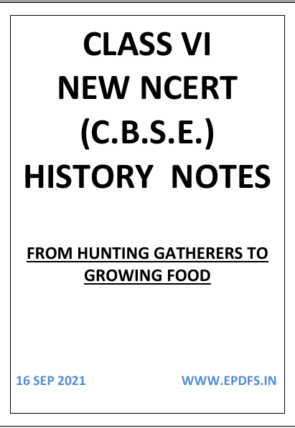
CHAPTER – From Hunting, Gathering to Growing Food

Class VI Chapter 2 – From Hunting Gathering To Growing Food
Only registered users can download this book.
Please Login/Register first.

CHAPTER – NEW EMPIRES AND KINGDOMS

Class VI Chapter 10 – New Empires And Kingdoms.
Only registered users can download this book.
Please Login/Register first.
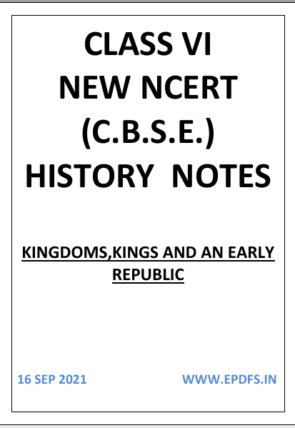
CHAPTER – NEW QUESTIONS AND IDEAS

Class VI Chapter 6 – New Questions And Ideas.
Only registered users can download this book.
Please Login/Register first.

CHAPTER – TRADERS,KINGS AND PILGRIMS

Class VI Chapter 9 – Traders,Kings And Pilgrims.
Only registered users can download this book.
Please Login/Register first.
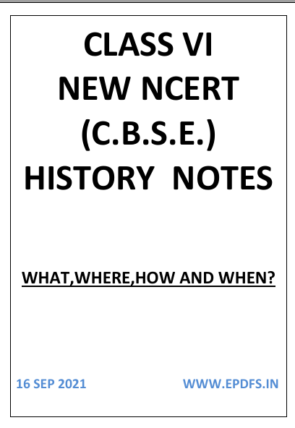
CHAPTER 1- WHAT,WHERE,HOW AND WHEN ?
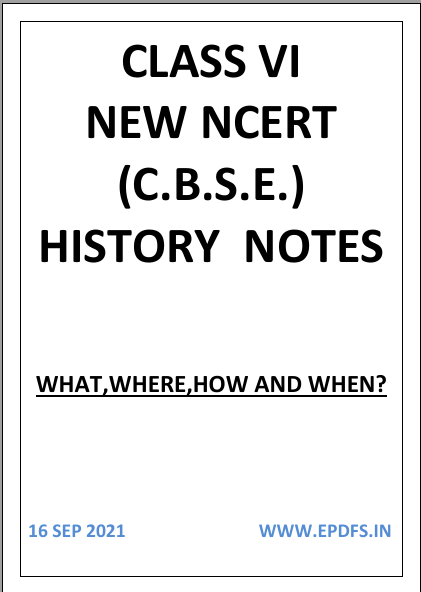
Class VI Chapter 1 – What,Where,How And When Notes
Only registered users can download this book.
Please Login/Register first.
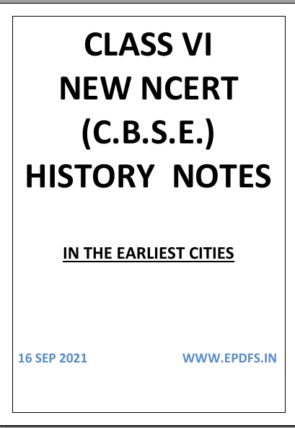
CHAPTER 3 – IN THE EARLIEST CITIES

Class VI Chapter 3 – In The Earliest Cities
Only registered users can download this book.
Please Login/Register first.
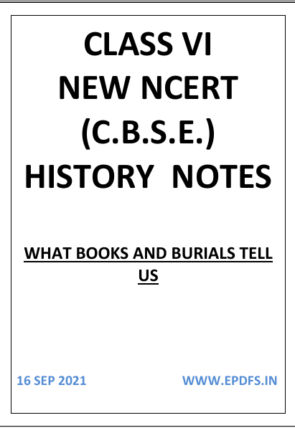
CHAPTER 4 – WHAT BOOKS AND BURIALS TELL US

Class VI Chapter 4 – What Books And Burials Tell Us
Only registered users can download this book.
Please Login/Register first.

CHAPTER 5 – KIGNDOMS,KINGS AND AN EARLY REPUBLIC

Class VI Chapter 5 – Kingdoms,Kings And An Early Republic.
Only registered users can download this book.
Please Login/Register first.
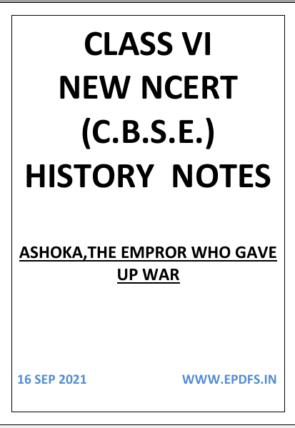
CHAPTER 7- ASHOKA,THE EMPROR WHO GAVE UP WAR

Class VI Chapter 7 – Ashoka,The Empror Who Gave Up War.
Only registered users can download this book.
Please Login/Register first.
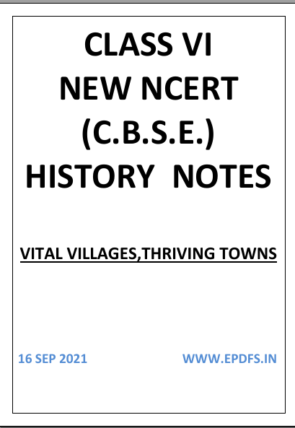
CHAPTER 8 – VITAL VILLAGES,THRIVING TOWNS

Class VI Chapter 8 – Vital Villages,Thriving Towns.
Only registered users can download this book.
Please Login/Register first.
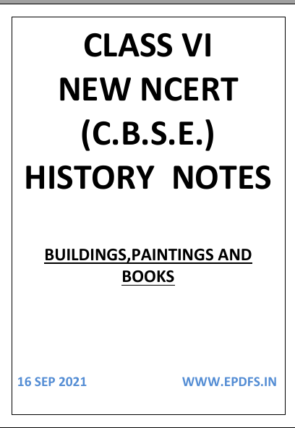
CHAPTER-BUILDING,PAINTING AND BOOKS

Class VI Chapter 11 – Buildings,Paintings And Books.
Only registered users can download this book.
Please Login/Register first.

CHAPTER-NEW KINGS AND KINGDOMS

Class VII Chapter 2 – New Kings And Kingdoms.
Only registered users can download this book.
Please Login/Register first.
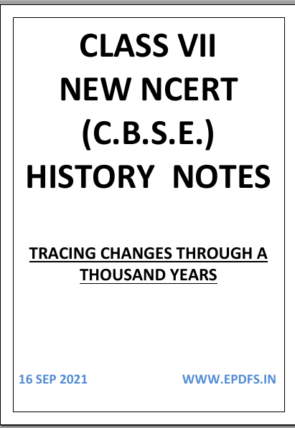
CHAPTER-TRACING CHANGES THROUGH A THOUSAND YEARS

Class VII Chapter 1 – Tracing Changes Through A Thousand Years.
Only registered users can download this book.
Please Login/Register first.
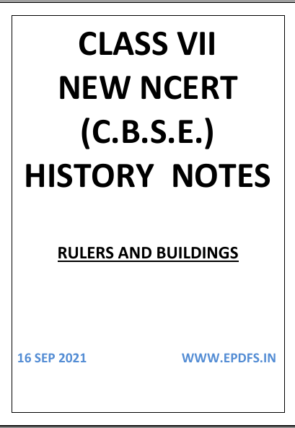
CLASS 7 HISTORY CHAPTER-RULERS AND BUILDINGS FREE PDF NOTES

RULERS AND BUILDINGS FREE PDF NOTES GENERAL BRIEF :-
The Mughal Empire Free PDF notes have been made from Class VII Latest History NCERT book. In addition to the content that is been provided by author in the respective book, no additional content has been added in order to make the notes more attractive.
TO WHOM ARE RULERS AND BUILDINGS FREE PDF NOTES USEFUL ?
The Delhi Sultan free PDF Notes are helpful to the following students :-
- Those Students who have already gone through their syllabus thoroughly and just looking after the short content to give it a final glance at the time of revision.
- Those Students who don’t want to study the whole NCERT books thoroughly in detail.
- Those Students who are looking after the short notes of NCERT History book classwise and chapterwise.
- Those students who want to give a final touch to NCERT books while preparing for competitive Examination.
WHAT DID RULERS AND BUILDINGS FREE PDF NOTES CONTAINS ?
- NCERT content’s short notes.
- NCERT content’s DID YOU KNOW.
- Definition from this Chapter.
- Very Important Points from this Chapter.
Temples and Mosques were the places to worship. Temple was also used as a means to demonstrate power and wealth. Rulers used to build the huge temple which depicts the picture of the world they ruled. These temples also included deities of the subordinate.
Islam does not have the belief in incarnations of god but they built beautiful architecture known as mosques to offer there pray to God.
Rulers in the era of politics used religious architecture to gain fame. They build reservoirs and cultural center. They got involved in building well which was there for common people and ultimately was known for their great deeds.
Have you ever visited the Taj Mahal? Stunning isn’t it? But did you know that the Taj Mahal is actually a mosque? In fact, a lot of the important national monuments that were built by rulers of ancient times are actually forts, palaces etc. Let us take a look at the architecture of some important monuments built by rulers.
Only registered users can download this book.
Please Login/Register first.
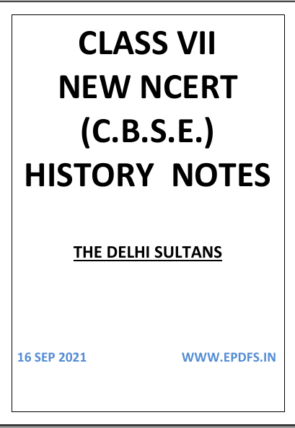
CLASS 7 HISTORY CHAPTER-THE DELHI SULTANS FREE PDF NOTES
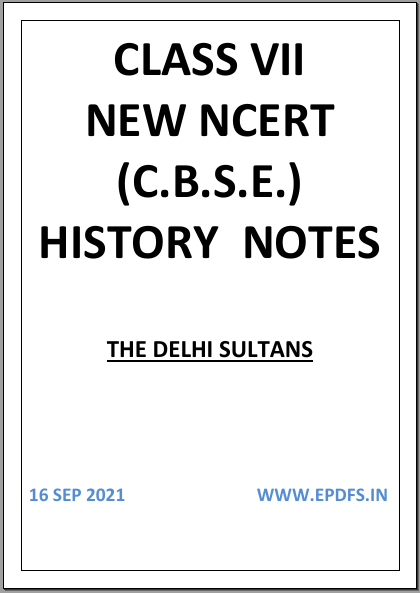
THE DELHI SULTANS FREE PDF NOTES GENERAL BRIEF :-
The Delhi Sultan Free PDF notes have been made from Class VII Latest History NCERT book. In addition to the content that is been provided by author in the respective book, no additional content has been added in order to make the notes more attractive.
TO WHOM ARE THE DELHI SULTANS FREE PDF NOTES USEFUL ?
The Delhi Sultan free PDF Notes are helpful to the following students :-
- Those Students who have already gone through their syllabus thoroughly and just looking after the short content to give it a final glance at the time of revision.
- Those Students who don’t want to study the whole NCERT books thoroughly in detail.
- Those Students who are looking after the short notes of NCERT History book classwise and chapterwise.
- Those students who want to give a final touch to NCERT books while preparing for competitive Examination.
WHAT DID THE DELHI SULTANS FREE PDF NOTES CONTAINS ?
- NCERT content’s short notes.
- NCERT content’s DID YOU KNOW.
- Definition from this Chapter.
- Very Important Points from this Chapter.
Delhi Sultanate, refers to the various Muslim dynasties that ruled in India (1210–1526). It was founded after Muhammad of Ghor defeated Prithvi Raj and captured Delhi in 1192. In 1206, Qutb ud-Din, one of his generals, proclaimed himself sultan of Delhi and founded a line of rulers called the Slave dynasty, because he and several of the sultans who claimed succession from him were originally military slaves. Iltutmish (1210–35) and Balban (1266–87) were among the dynasty’s most illustrious rulers.
Constantly faced with revolts by conquered territories and rival families, the Slave dynasty came to an end in 1290. Under the Khalji dynasty (1290–1320), the conquests of Ala ud-Din Khalji brought Muslim dominion in India to its greatest height until the Mughul empire.
Only registered users can download this book.
Please Login/Register first.
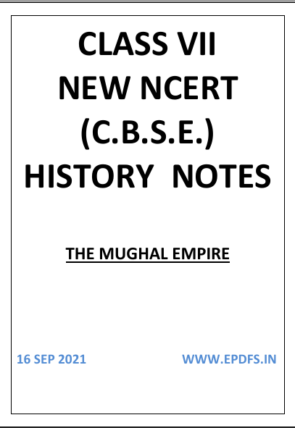
CLASS 7 HISTORY CHAPTER-THE MUGHAL EMPIRE FREE PDF NOTES
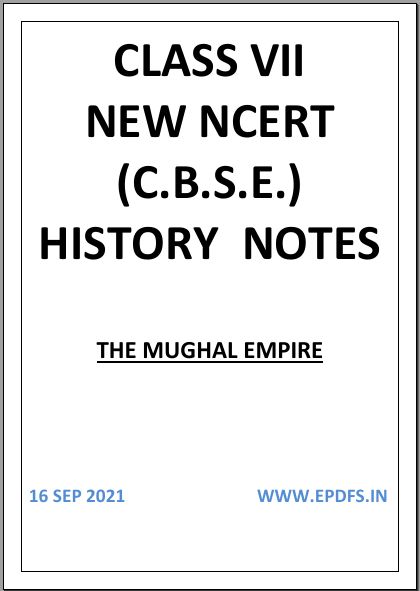
THE MUGHAL EMPIRE FREE PDF NOTES GENERAL BRIEF :-
The Mughal Empire Free PDF notes have been made from Class VII Latest History NCERT book. In addition to the content that is been provided by author in the respective book, no additional content has been added in order to make the notes more attractive.
TO WHOM ARE THE MUGHAL EMPIRE FREE PDF NOTES USEFUL ?
The Delhi Sultan free PDF Notes are helpful to the following students :-
- Those Students who have already gone through their syllabus thoroughly and just looking after the short content to give it a final glance at the time of revision.
- Those Students who don’t want to study the whole NCERT books thoroughly in detail.
- Those Students who are looking after the short notes of NCERT History book classwise and chapterwise.
- Those students who want to give a final touch to NCERT books while preparing for competitive Examination.
WHAT DID THE MUGHAL EMPIRE FREE PDF NOTES CONTAINS ?
- NCERT content’s short notes.
- NCERT content’s DID YOU KNOW.
- Definition from this Chapter.
- Very Important Points from this Chapter.
The Mughal empire is conventionally said to have been founded in 1526 by Babur, a warrior chieftain from what is today Uzbekistan, who employed military aid in the form of matchlock guns and cast cannon from the Ottoman Empire, and his superior strategy and cavalry to defeat the Sultan of Delhi, Ibrahim Lodhi, in the First Battle of Panipat, and to sweep down the plains of Upper India, subduing Rajputs and Afghans.
The Mughal imperial structure, however, is sometimes dated to 1600, to the rule of Babur’s grandson, Akbar, This imperial structure lasted until 1720, until shortly after the death of the last major emperor, Aurangzeb, during whose reign the empire also achieved its maximum geographical extent. Reduced subsequently, especially during the East India Company rule in India, to the region in and around Old Delhi, the empire was formally dissolved by the British Raj after the Indian Rebellion of 1857.
Only registered users can download this book.
Please Login/Register first.